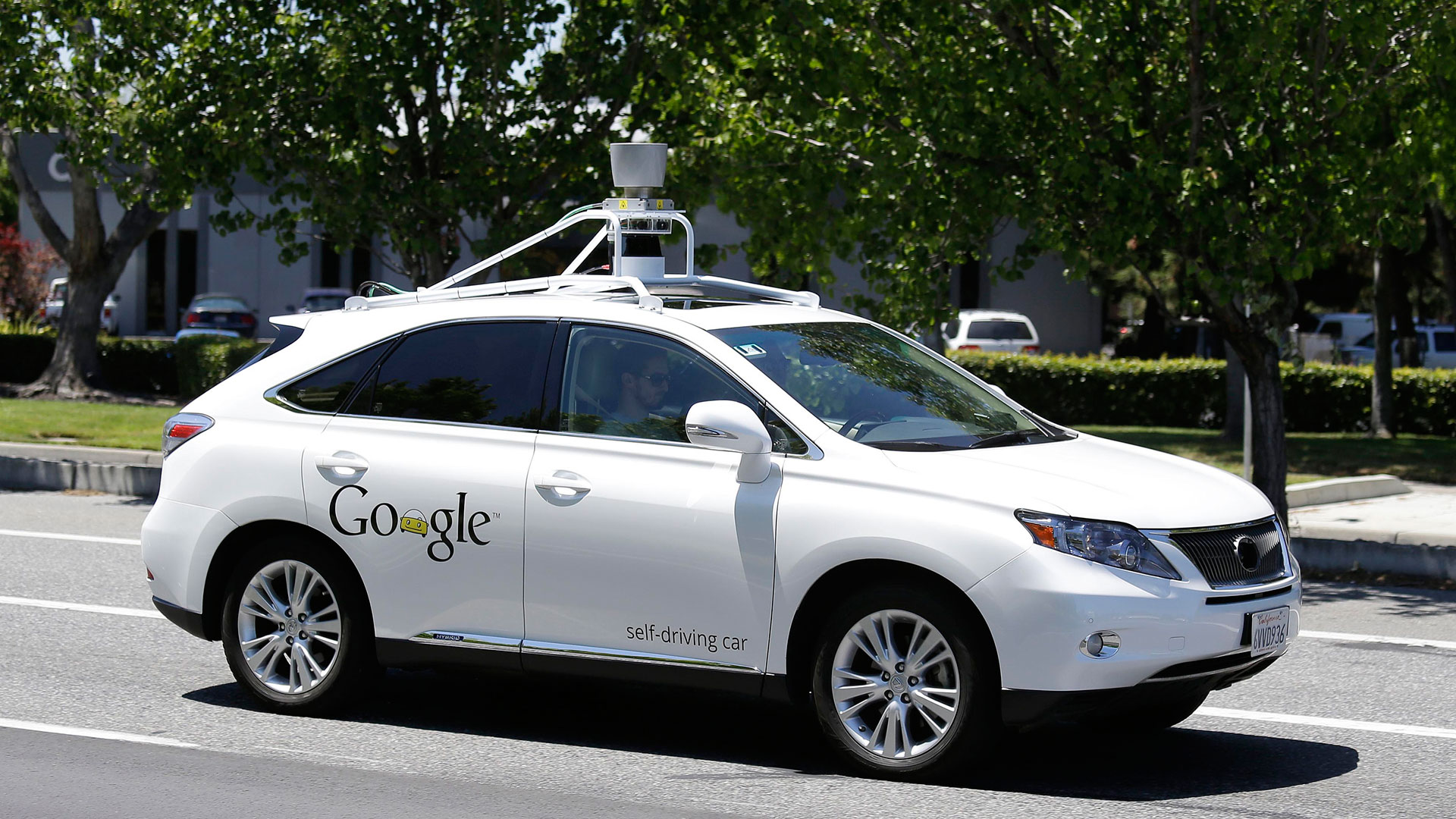

A few years ago, when licenses were issued to Google and other would-be purveyors of self-driving cars to test on public roads in Nevada, California and Florida, it was touted as a landmark moment. But the bluster and occasion of those days have nothing on a quiet little note slipped from a passenger-car regulatory body to Google on February 4, Cloak & Dagger style. In it, the National Highway Traffic Safety Administration told Google that a self-driving system could be considered a driver. Let’s repeat that: In the eyes of the most important passenger-car regulatory body in the U.S.—basically the federal government—a computer can be defined as a driver.
In the memo, NHTSA said it would “interpret ‘driver’ in the context of Google’s described motor vehicle design as referring to the (self-driving system), and not to any of the vehicle occupants.” Any carbon-based lifeform riding shotgun with the self-driving system wouldn’t be considered so much as a co-pilot. The memo was predicated on a proposal submitted by Google on November 12, 2015, according to NHTSA, that included a design for a self-driving car. No details about the car’s appearance were divulged in NHTSA’s note, so whether we’re talking manga-like jellybean or Faraday-like future shock, neither NHTSA nor Google Towers are dishing.
The letter went on: “We agree with Google its (self-driving car) will not have a ‘driver’ in the traditional sense that vehicles have had drivers during the last more than one hundred years.” Janky syntax aside, the Feds’ message is an unambiguous win for, and endorsement of, Google’s still-murky plans to put self-driving cars on U.S. roads.
Critically, NHTSA’s memo addressed just the self-driving system, not the car in which that system may be housed, lending further credence to the argument—one that The Drive chief auto critic Lawrence Ulrich made in January—that Google will cede the car-development work to the car companies. Furthermore, the Feds did not wade into the treacherous waters of liability. In the event such a “driver” crashes and injures pedestrians, cyclists or other drivers (or “drivers” for that matter), claims and suits and countersuits may yet fly.
Indeed, though Volvo, Mercedes-Benz and another tech company called Apple have said that they would assume full product liability in crashes involving their proposed self-driving cars, precedent and case law will surely determine who pays what, and to whom.
Meantime, north of the Arctic Circle, self-driving cars are sidelined by the snow. Were they not incapacitated, they might have performed autonomous donuts in celebration with their brothers in the struggle in Mountain View.